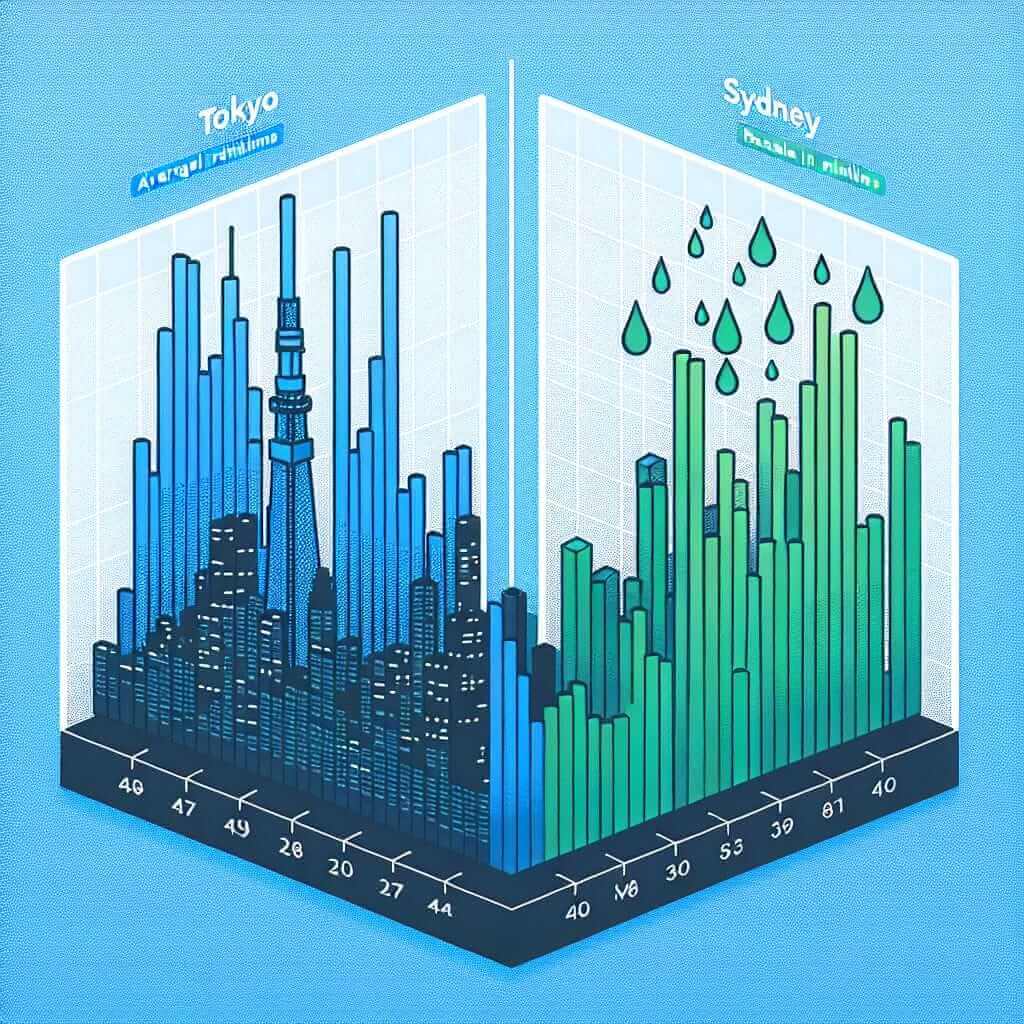In the pressure cooker of the IELTS exam, particularly the Writing Task 1, the ability to discern and describe significant details can be your key to success. Choosing the right details to include in your description is crucial for achieving a high band score. This guide, crafted from my 20 years of experience as an IELTS instructor, will equip you with the skills to navigate this critical aspect of the IELTS Writing Task 1.
The Importance of Effective Detail Selection
Imagine trying to explain a complex graph using every single data point. Overwhelming, right? That’s why choosing the right details is essential. Effective detail selection allows you to:
- Present a clear and concise overview: You want the examiner to grasp the key trends and patterns without getting lost in a sea of numbers.
- Demonstrate your analytical skills: Selecting key details showcases your ability to identify significant information and interpret data effectively.
- Stay within the word limit: With only 20 minutes for Task 1, focusing on the most relevant details helps you manage time efficiently.
How to Choose the Right Details
Now, let’s delve into the process of selecting the details that matter.
1. Understand the Type of Visual
The first step is to identify the type of visual you’re dealing with. Is it a line graph, bar chart, pie chart, table, map, or process diagram? Each type presents information differently, requiring a tailored approach to detail selection.
2. Identify Key Trends and Patterns
Once you understand the visual, look for:
- Overall trends: Is the data generally increasing, decreasing, fluctuating, or stable?
- Notable exceptions: Are there any significant deviations from the overall trend?
- Highest and lowest points: These often hold significant value in highlighting key information.
- Similarities and differences: Especially in comparative visuals, highlighting these points is crucial.
3. Prioritize Significant Details
Not all details are created equal. When making your selection, consider:
- Relevance: Does the detail directly relate to the main trends or patterns?
- Significance: Does the detail contribute to the overall understanding of the data?
- Interest: Would the examiner find this detail particularly insightful or unexpected?
4. Avoid Irrelevant Information
Just as important as selecting the right details is knowing what to leave out. Avoid:
- Minor fluctuations: Don’t dwell on insignificant variations in the data.
- Repetitive information: If a trend is already clear, there’s no need to reiterate it multiple times.
- Personal opinions or speculation: Stick to the facts presented in the visual.
Illustrative Examples from IELTS
Let’s apply these principles to a real IELTS Task 1 question:
The graph below shows the average monthly rainfall in Tokyo and Sydney. Summarize the information by selecting and reporting the main features, and make comparisons where relevant.

(Imagine a typical bar graph displaying monthly rainfall data for both cities).
Effective Detail Selection:
- Overall trend: Tokyo experiences distinct wet and dry seasons, while Sydney has more consistent rainfall throughout the year.
- Highest and lowest points: Tokyo’s wettest month is September, while Sydney’s is February. Tokyo’s driest months are December and January, while Sydney’s driest month is October.
- Significant difference: Tokyo’s rainfall variation between its wettest and driest months is much greater than Sydney’s.
Ineffective Detail Selection:
- Listing the specific rainfall figures for each month. (Too detailed and not focused on the main features)
- Mentioning that July is slightly wetter than June in Tokyo. (Insignificant fluctuation)
- Speculating about the reasons behind the rainfall patterns. (Irrelevant to the task)
Tips for Success
- Practice makes perfect: Regularly analyze different types of IELTS Task 1 visuals and practice selecting key details.
- Time management: Allocate sufficient time for analyzing the visual before you start writing.
- Use a clear and concise writing style: Get straight to the point and avoid using overly complex language.
Conclusion
Choosing the right details to describe in IELTS Writing Task 1 is not just about summarizing data; it’s about demonstrating your analytical skills and ability to communicate effectively. By focusing on key trends, significant differences, and interesting patterns, you can present a clear, concise, and insightful overview that will impress the examiner. Remember, consistent practice and a keen eye for detail are your allies in conquering this section of the IELTS exam.